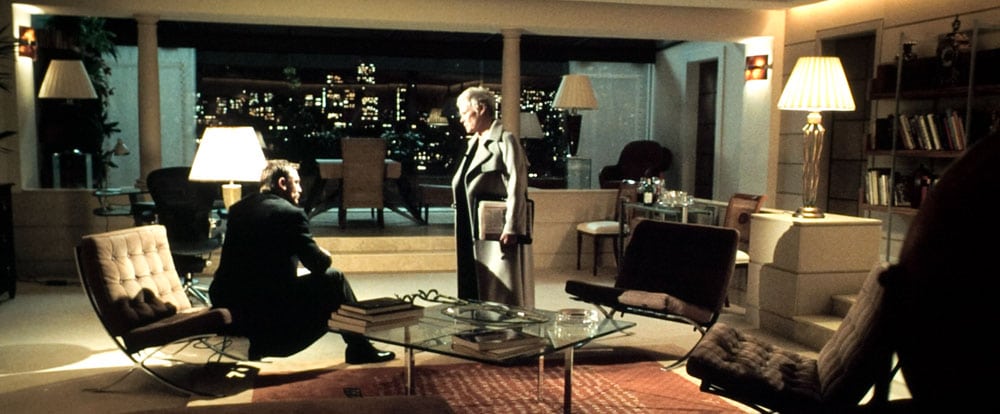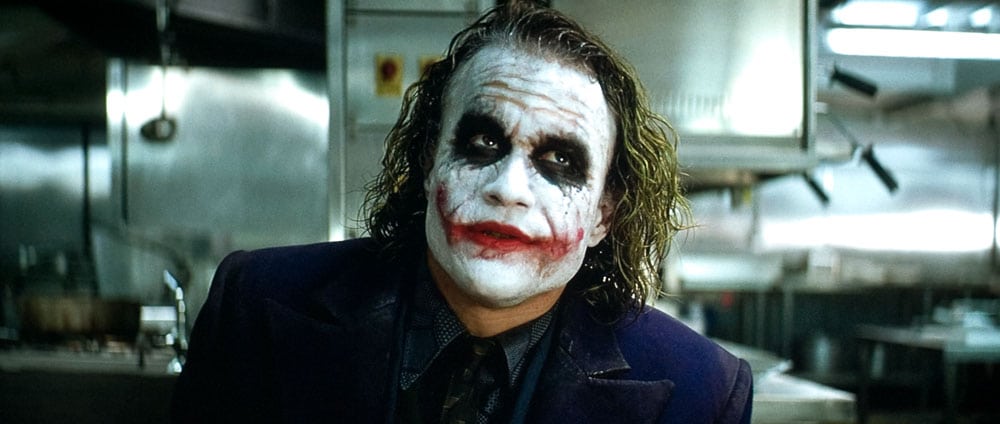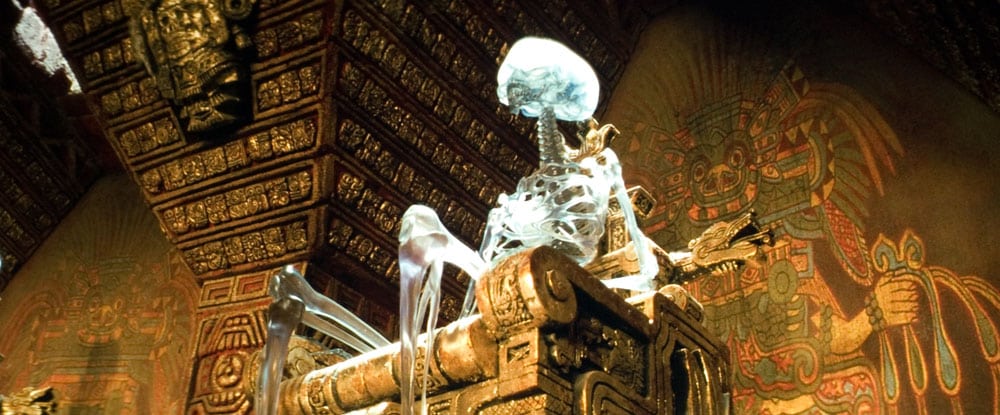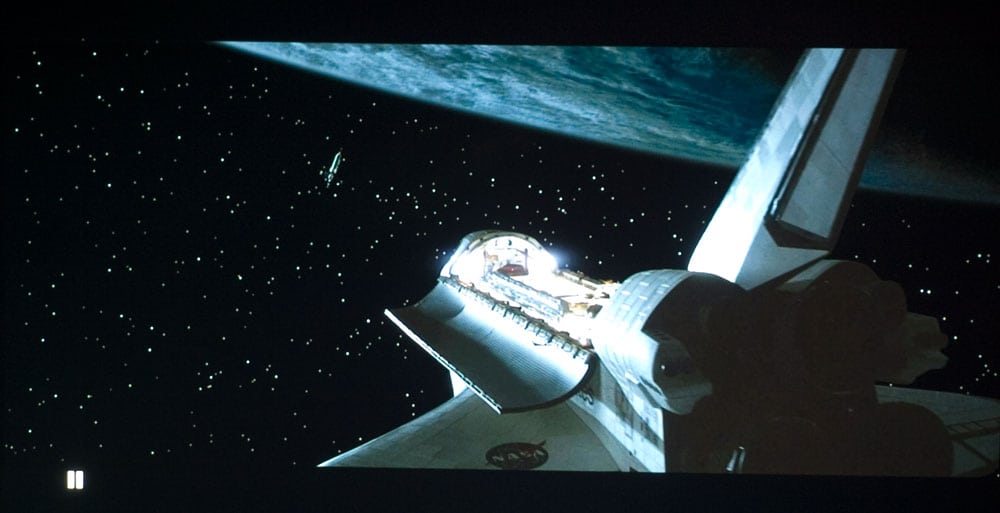Projector repairs, out of warranty, are typically expensive. A problem in your second year of ownership (with a 1 year warranty) can turn a $1000 projector into a throw away, especially if you already have a lot of hours on the lamp. As a result, I do recommend a low-cost 3rd party extended warranty for at least one extra year with any home theater projector that comes with only one year of coverage. Figure an extra year will cost about $100 (or maybe less). While I strongly prefer a manufacturer's warranty over a 3rd party one, a 3rd party warranty for the 2nd year is better than none at all. When you are looking at the value proposition, figure some money for that extra warranty into your calculations.
Optoma HD20 Projector - The Bottom Line
As the first $999 1080p projector to hit the market, the HD20 can't really be expected to match the performance of many projectors that are more expensive. On the other hand, it's only $999, and overall, it's a very nice "entry level" projector with 1080p resolution, and is the first of three announced DLP models at that price - the other two from Vivitek and BenQ, both which will be reviewed in the next month or so.
Not surprisingly, it isn't a match for most of the more expensive projectors, but does provide an excellent value, regardless. As a buyer, you'll need to reconcile your budget. If you have more than $1000 to spend on a new projector, really, upward of $1400 street price, you can find several projectors which can outperform the Optoma HD20 in many areas. Still the HD20 makes an excellent "first projector", with performance similar to many 720p projectors for only an couple hundred dollars.
One key strength of the HD20 projector is that it is brighter than most lower cost home theater projectors when in its very best mode. In this case, the HD20 measures in almost right at 700 lumens, while many projectors come in around 400 - 500 lumens, and some even less. I should note that, when you need maximum brightness, the HD20 does a little better than average. While we measured the HD20 in its Bright mode, pretty much right at 1000 lumens, that's based on Mike's setup.
There is room to spare, though, in lumens, if you are willing to boost Contrast beyond Mike's recommendation. Doing so should find you a couple hundred extra lumens. The cost - you'll get some crushing of bright details (near white's become white). That works fine for me. When watching HDTV football, I cranked Contrast to 52 or 54, and got the extra lumens I needed to maintain a respectable image while having some light coming in from my windows.
Perhaps most importantly, after our basic calibration, the Optoma does very good color, both in accuracy and in terms of having a natural looking image. This is a key strength. The end result is that the image impresses and is enjoyable to watch, whether movies or HDTV/Sports.
So, what do you give up if you save $400 to $1000+ by going with the Optoma HD20 home theater projector, compared to more expensive models?
The answer is several things:
Black level performance. The HD20 is very basic here, more typical of 720p projectors than even other almost-as-low cost 1080p projectors. Great black level performance is pretty much at the top of most enthusiasts list of what's important, and for those of us who watch a lot of dark movies, including sci-fi, horror (no horror for me), and many action flicks, the black level performance comes up short - with a flat, undynamic look to dark scenes. From an image standpoint, that's my biggest complaint.
Noise - Fan noise that is. The HD20 is one noisy projector. If you have a nice dedicated type of room, and you really want a quiet projector, that can't be heard except over the softest scenes, the HD20 isn't for you. This projector's fan is pretty loud compared to most. We're not talking huge differences, but definitely there is a significant, steady fan noise level that will be there.
Light leakage - some light comes out of the front right vent, it's not huge, but more than almost any other projector, and enough that it is likely to be slightly visible in a fully darkened room if your wall color is light.
Heat - not unexpectedly, due to its small size, it throws a lot of heat out of that same vent. If you are putting it on a table top, you won't want to be sitting just forward and to the right of it (within 3 feet), or you'll wilt a bit from the fan heat.
The HD20 is a typical DLP projector, in that it has a limited range zoom lens and no lens shift. That said, you'll have to go with a more expensive 3LCD projector, or, to find a DLP with lens shift, spend twice as much (you'll need lens shift if you want to rear shelf mount, instead of ceiling mount, or if you are placing it on a table). A minor additional complaint is with the remote control, which has a too-bright backlight that overwhelms you if you are trying to fine tune image controls.
OK, it's an entry level projector, and therefore you must expect it to come up short compared to more expensive alternatives.
On the plus side, however, the Optoma HD20 has excellent shadow detail - better than many more expensive projectors. And, as previously noted, it is brighter than most in "best mode" among projectors up to $2500. Combine that with very good color, and you still have a really nice picture on your screen.
Because the Optoma HD20 is small and lightweight, it is a good choice for those looking for casual home theater in their backyard. It certainly is easy enough to pick up and take outside, or move from room to room.
Bottom line: At $999 you definitely get what you pay for, and then some. Overall, even considering black level performance, the picture quality is very good for a projector this affordable. You can buy better, of course, but figure to spend at least $400 more. And for a projector in a "whole different class" like the Panasonic PT-AE3000 or the Epson Home Cinema 6500UB, you will definitely be spending twice as much.
This should be a fine, low-cost choice for your family room, and even acceptable for movie viewing in a room better laid out for theater. The fact that the projector has a longer life lamp (3000 hours) in full power lamp mode, is another benefit, as it reduces your long term cost of ownership.
Whether the HD20 will turn out to be the best $999 projector from this new crop, or just an average one, we'll have to wait until the Vivitek and BenQ arrive. In the meantime, however, with only more expensive projectors for comparision, the Optoma HD20 does have an impressive value proposition, and for that reason, wins one of our Hot Product awards. Not bad! Not bad at all!














